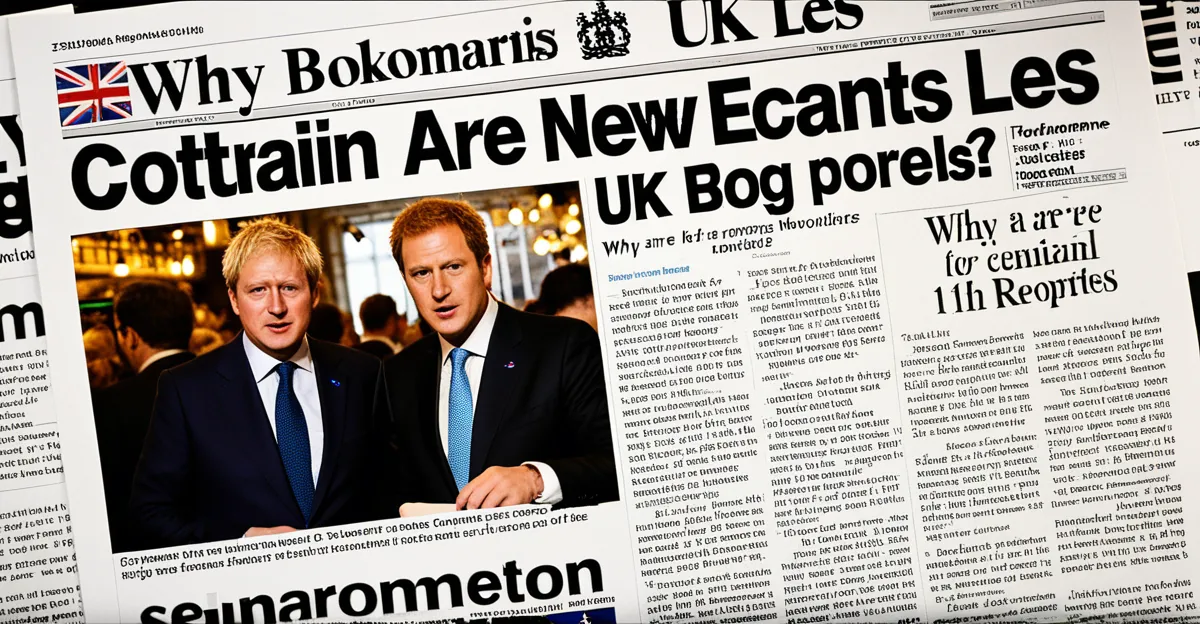Factors Influencing Media Coverage of UK Events
Media coverage decisions in the UK are primarily shaped by editorial bias, news values, and the perceived public interest. News organisations base their editorial priorities on what aligns with their organisational policies and target audiences. These editorial biases influence which events are deemed newsworthy, often favouring stories that resonate with the majority demographic or align with the outlet’s ideological stance.
News values—such as proximity, timeliness, prominence, and impact—also play a pivotal role. Journals prioritise events that capture audience attention and promise higher engagement, aligning coverage with the public interest as defined by viewership or readership metrics. Consequently, stories that may have significant social importance but lack immediate appeal can be sidelined.
Also to read : How Will New Policies Shape the Future of the UK’s Economy?
Commercial imperatives further impact reporting scope. Advertiser influence, for example, can lead to softer coverage or avoidance of controversial topics that might alienate sponsors. Thus, market forces and revenue concerns intermingle with editorial decision-making, challenging the ideal of impartial reporting. Understanding these factors provides clarity on why certain UK events receive extensive attention while others remain underreported, highlighting the complexities behind media coverage decisions.
Governmental and Legal Influences on Reporting
Exploring how rules and regulations shape news coverage
Have you seen this : How Will Recent Events Impact the UK’s Future Relations Globally?
Governmental restrictions and legal constraints significantly affect media coverage decisions in the UK. These include official guidelines designed to protect national security, which often impose limits on what journalists can report, especially concerning sensitive information. Such restrictions can result in selective reporting or self-censorship, where media outlets avoid topics that might conflict with legal boundaries or government expectations.
Libel laws are another critical factor. They restrict what can be published about individuals or entities, causing newsrooms to carefully evaluate potential risks before releasing content. Court orders and reporting bans further constrain press freedom by legally prohibiting coverage of specific cases or subjects. These elements compel journalists to balance truthful reporting with legal compliance to avoid costly litigation.
Regulatory bodies like Ofcom oversee broadcasting standards, influencing how content is presented and what can be shared publicly. Their rules affect editorial decisions, ensuring content adheres to ethical and legal norms, sometimes at the expense of full disclosure. Overall, governmental and legal influences create a framework that shapes newsroom decisions by imposing reporting limitations while striving to maintain a responsible press.

